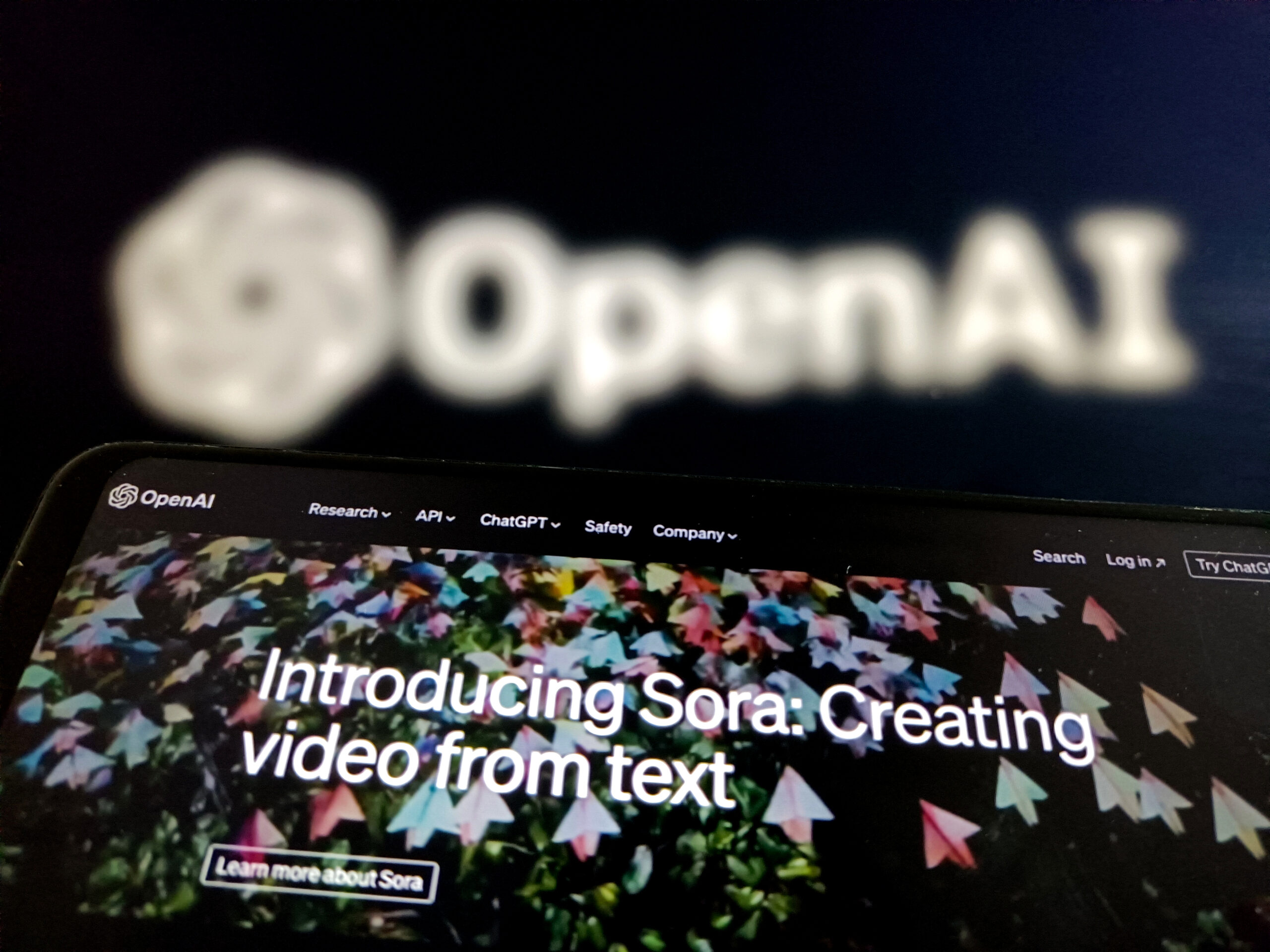
OpenAI, a pioneer in the field of artificial intelligence, recently announced an exhilarating breakthrough with the introduction of Sora, its latest AI model capable of generating high-fidelity videos from textual descriptions. This avant-garde technology empowers users to create detailed, photorealistic videos lasting up to a minute, solely based on written prompts. Sora’s introduction marks a significant leap forward in AI’s ability to interpret and visualize human language into dynamic visual content.
Sora’s Innovative Video Creation
Sora’s technology is intricately designed to handle a wide array of creative requests, translating simple or complex text instructions into vivid scenes populated with multiple characters, diverse motions, and an acute attention to the nuances of backgrounds and subjects. OpenAI’s ambition with Sora is to democratize video production, making it possible for creators to bring their most imaginative scenarios to life without the need for expensive equipment or specialized skills.
Beyond mere video creation, Sora exhibits a profound understanding of how objects interact in the physical world, enabling it to generate videos with props and characters that not only move naturally but also express a wide range of emotions. This level of detail extends to Sora’s ability to animate still images, enhance existing videos by filling in missing frames, or even extend short clips into more comprehensive narratives.
Crafting Realities: The Extensive Capabilities of Sora
Sora is designed with an array of functionalities that push the boundaries of AI-generated video content, including:
- Dynamic Scene Creation: Ability to translate text instructions into vivid scenes with:
- Multiple characters
- Diverse motions
- Detailed environmental nuances
- Physical World Interaction: Understands how objects interact, enabling it to:
- Generate videos with props that behave naturally
- Create characters that express a wide range of emotions
- Animation and Enhancement:
- Animate still images into dynamic video scenes
- Fill in missing frames in existing videos
- Extend short clips into longer narratives
- Historical and Imaginative Scenarios: Demonstrated capability to create videos that:
- Blend historical accuracy with imaginative scenarios, such as an aerial view of California during the gold rush
- Capture the essence of urban life with remarkable accuracy, like the perspective from inside a Tokyo train
These functionalities underscore Sora’s potential to revolutionize video production, making it accessible for creators to bring their most imaginative scenarios to life without the need for specialized skills or equipment.
Can We Distinguish Between Real and AI-Generated Videos?
However, the realism that Sora brings to video generation also ushers in ethical and societal challenges. The potential for creating indistinguishable AI-generated content raises pressing questions about the propagation of misinformation, the authenticity of digital media, and the ethical use of technology. Recognizing these concerns, OpenAI has embarked on initiatives to ensure responsible usage of Sora:
- Development of Detection Tools: To identify AI-generated videos, ensuring transparency and traceability
- Embedding Metadata: Videos generated by Sora will include metadata to trace the origin of the content, enhancing accountability
- Selective Access: Currently limiting access to Sora to “red teamers” and curated group of visual artists, designers, and filmmakers for feedback and assessment of potential harms
These steps illustrate OpenAI’s commitment to navigating the complex ethical landscape surrounding AI-generated content, ensuring that Sora’s innovative capabilities are leveraged for positive impact while minimizing potential risks.
The Future of AI-Driven Creativity
The public unveiling of Sora has ignited a flurry of excitement and speculation within the AI and tech communities. Enthusiasts are eagerly exploring the creative possibilities this new model offers, while critics voice concerns over its potential to disrupt traditional job markets and contribute to the spread of digital disinformation. OpenAI CEO Sam Altman’s engagement with the community, soliciting ideas for video prompts, underscores the organization’s commitment to an open dialogue around the ethical deployment of AI technologies.
As OpenAI navigates the complex interplay between innovation and ethics, Sora stands as a testament to the transformative potential of AI in the realm of digital creativity. By providing tools that can turn textual descriptions into vivid, lifelike videos, OpenAI is not only expanding the boundaries of what’s possible in content creation but also setting new standards for responsible AI development. As Sora evolves, it promises to unlock unprecedented opportunities for storytelling, education, and artistic expression, heralding a new chapter in the convergence of AI and human creativity.
Featured Image courtesy of Costfoto/NurPhoto via Getty Images
